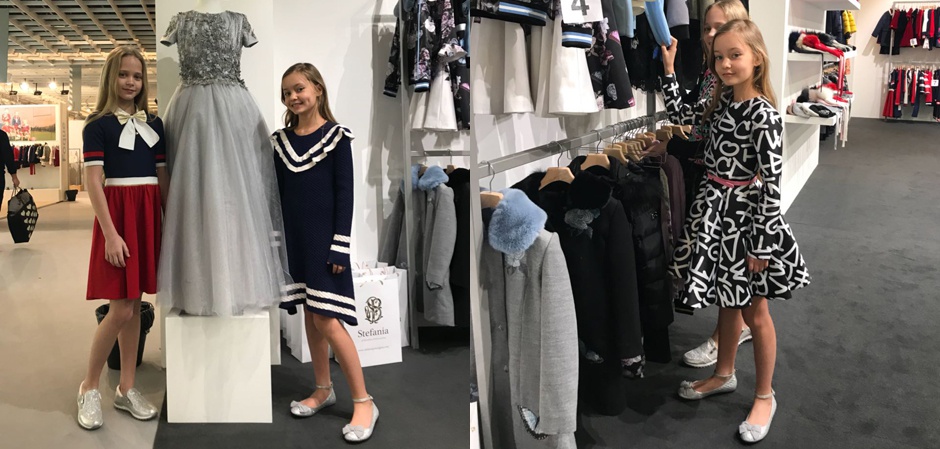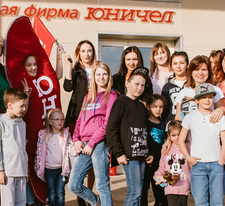Like mom or like daughter?
part 1 part 2
We will discuss with Natalia Pinyagina, the founder of De Salitto, how and from what the assortment of a successful brand of children's clothing is formed, how digitalization affects the children's segment.

– What is happening now in the children's clothing segment?
Some of the players left the market after the 2008 crisis. Many have closed stores and are taking orders over the Internet, remaining in the online shopping space. As for interesting manufacturers, there are always some on the free market. It is in a "healthy", "lively" competitive environment that progress is achieved. This is what motivates the company to move on, to be better and to make customers a unique, unlike anything else offer that will be most beneficial for them.
Since the beginning of last year, the growth of the market has revived, the dynamics has been felt. This was partly facilitated by the massive construction of shopping centers. Retail representatives have more opportunities to develop new retail areas.

– Is this growth due to the work of brands in social networks?
The children's fashion industry, like the adult industry, has a very strong visual and emotional component. In fact, the buyer is offered an image, they attract him at the expense of "pictures". If you take a beautiful cake that looks perfect in the picture, the buyer will choose it, even without being sure of the taste qualities of the product. He will want to try it just because of how the delicacy looks in the photo. It's the same in our industry. The first impression is formed instantly. And the decision on the choice is made on the basis of visual communication with the consumer.

Do you think the mass birth of clothing brands on Instagram is a myth to attract customers or is it a reality?
Such brands appear, but mostly they are small players. In particular, handmade. Many moms who raise children at home start sewing for their babies, and then post photos on Instagram. Business is really born on the manufacturer's personal page. But it's hard to call it a business. After all, if we take the segment of children's clothing, especially things for newborns, then this commercial activity is subject to mandatory certification at the legislative level. It costs a lot of effort to get the necessary certificate. And most often, those who offer products of their craft in the space of social networks do not have the necessary documents confirming that the products comply with the norms. In some cases, an entrepreneur may not even have a legal entity. This is more like the realization of mom's creative potential, rather than serious participation as a player in the industry. A business that was born and grew exclusively on Instagram?.. Maybe, but he just won't survive there yet.

Is your audience on social networks?
– Of course. And not only clients-parents. Many of the direct consumers of our products, namely children, subscribe to our social networks. They already have their own Instagram accounts and actively follow the brand pages. They have their favorite young models who participate in our photo shoots, fashion shows and advertising campaigns. As in the adult environment, there are trendsetters and opinion leaders here. And the activity in the social networks of the company, which, like ours, relies on the visual component, is a powerful promotion tool.
Photo: De Salitto











